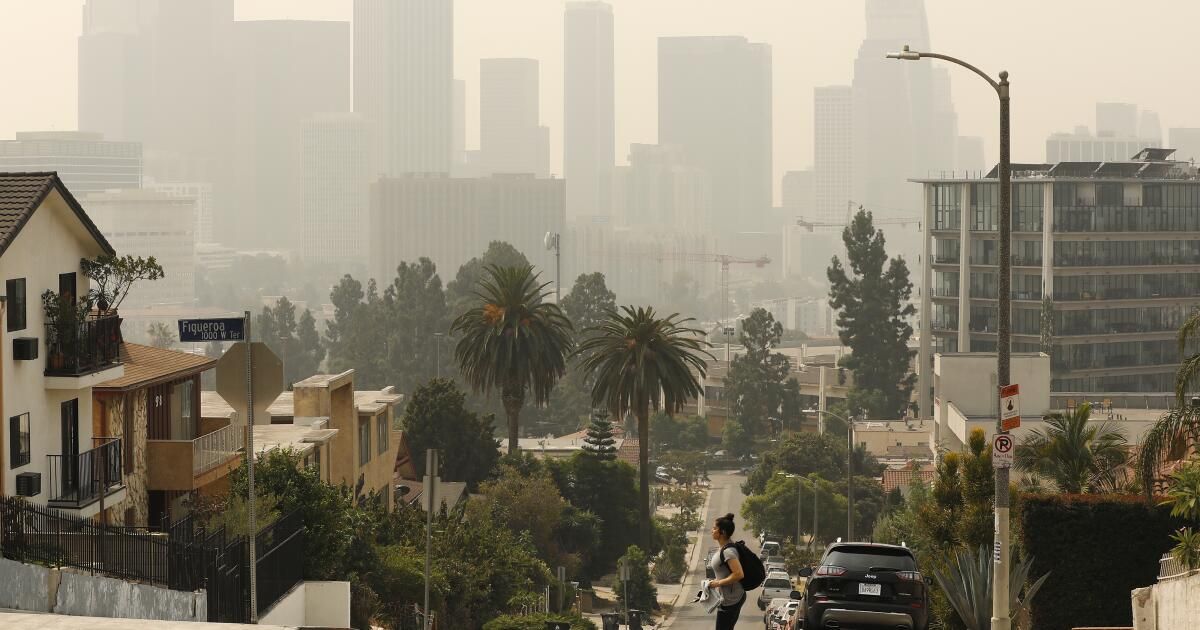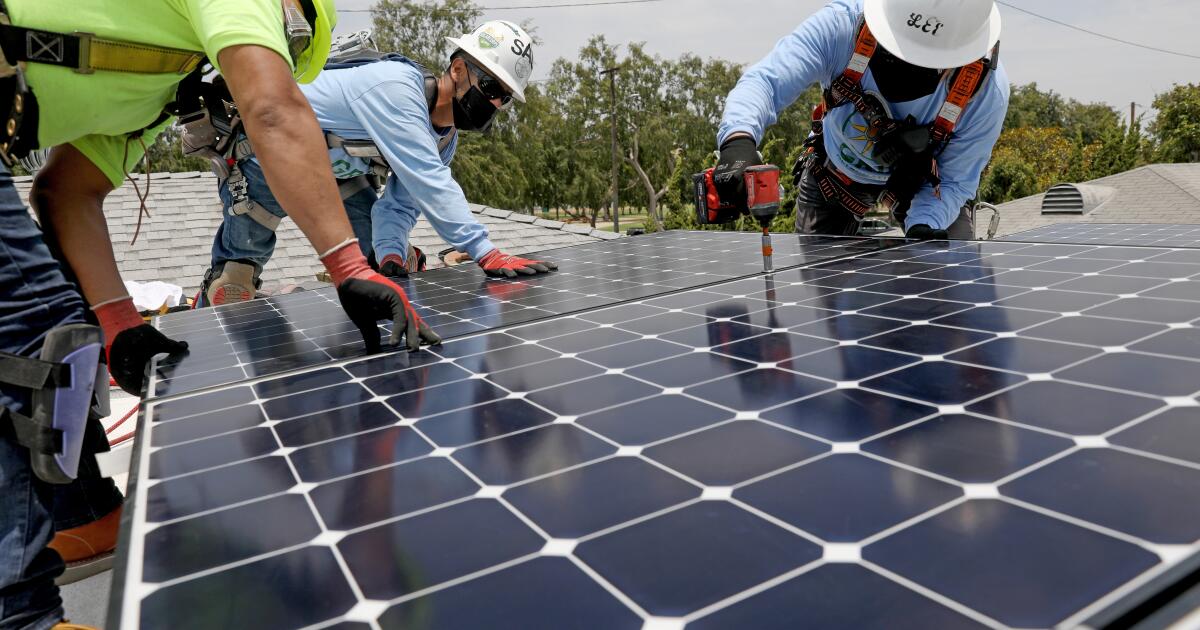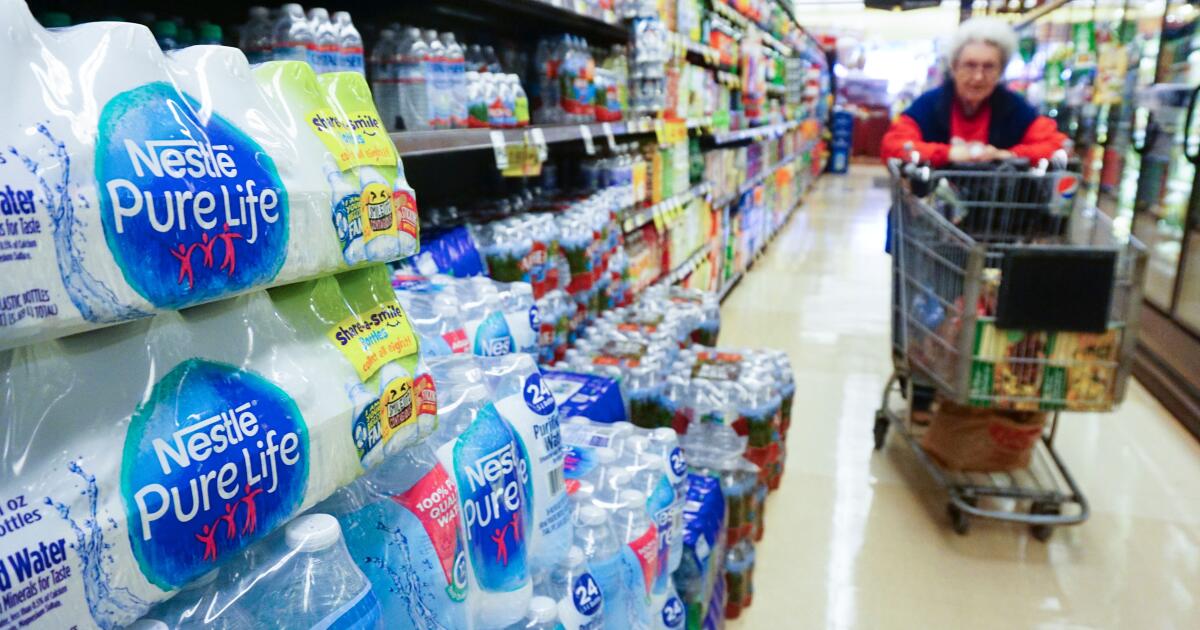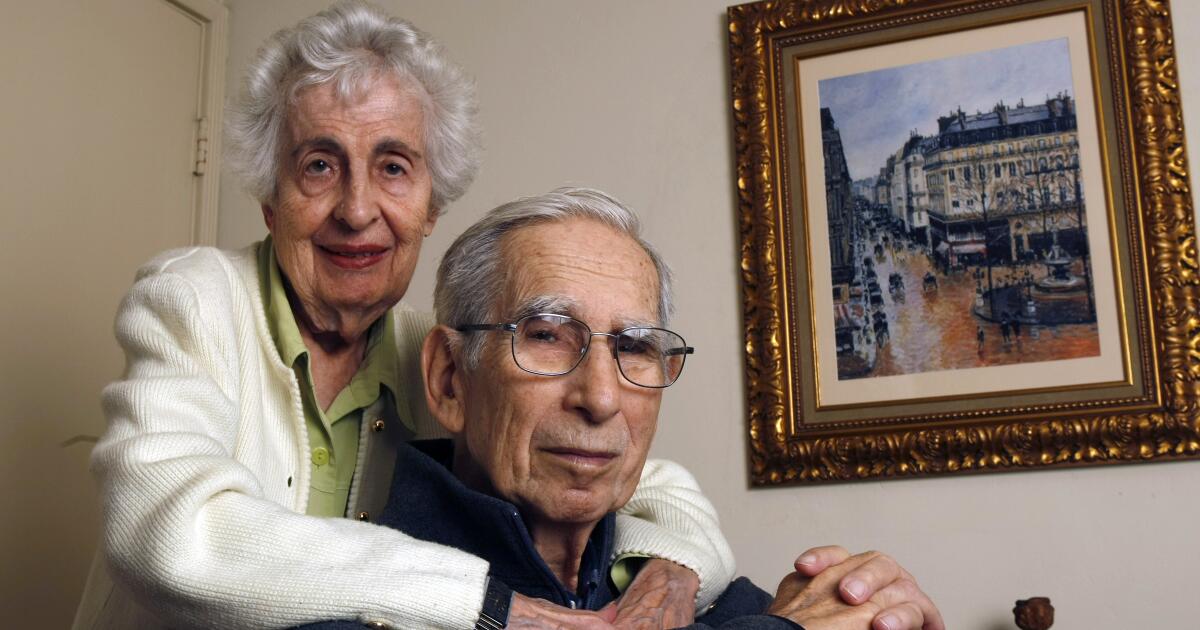The U.S. Environmental Protection Agency's recent adoption of a stricter annual limit on fine particulate matter, or soot, fulfills an overdue obligation to curb a widespread and deadly type of air pollution that causes asthma, heart attacks , strokes and a host of other health problems. .
But the agency made a serious mistake by leaving the 24-hour standard for fine particulate pollution, or PM2.5, at the level set 17 years ago, despite the latest scientific evidence of how harmful soot is even at lower exposure levels. This limit protects people against short-term spikes in unhealthy air quality and underpins the public forecast and warning system, the Air Quality Index. Americans rely on AQI to know how dirty the air is, but they will be stuck with an outdated criterion that underestimates health risks.
PM2.5 is made up of pollution particles so small that they can lodge deep in the lungs and enter the bloodstream. It is formed largely from vehicles, power plants and other combustion sources, and increasingly from forest fires, which are becoming larger and more frequent due to climate change.
It is worrying to see this type of failure in something as fundamental as informing the public about bad air days. The daily lung-damaging pollution limit that the EPA declined to update determines whether air violates health standards and is therefore the most important metric of the AQI. The color-coded scale uses six categories, from green to maroon, to communicate to the public how polluted the air is and how it could affect their health. It triggers air quality alerts on people's phones and helps parents decide if it's safe for their children with asthma to play outdoors.
An EPA spokesperson said agency Administrator Michael Regan decided not to strengthen daily limits based on “uncertainty in epidemiological studies” about the health effects of short-term exposure to fine particle pollution. and because reducing the annual limit would provide “additional protection.” But in doing so, it ignored the advice of the agency's own experts, members of the Clean Air Scientific Advisory Committee, most of whom recommended adjusting the 24-hour limit for PM2.5 to between 25 and 30 micrograms per cubic meter, According to health studies that show the current level “does not adequately protect” against disease and death. Instead, the EPA kept the standard at 35 micrograms per cubic meter.
The EPA made some changes to the AQI “to improve public communication about the health risks from exposure to PM2.5,” a spokesperson said. But it did nothing to modernize the most important metric: the concentration of pollution that determines whether the air is unhealthy or within safe levels.
This inaction is especially disappointing at a time when large areas of the country are increasingly experiencing prolonged episodes of wildfire smoke that are undermining decades of air quality improvements. California has the most polluted air in the country, particularly in the Central Valley, the Bay Area and Southern California, dominating the list of communities with the worst fine particle pollution contributing to thousands of premature deaths in the state every year.
The Biden administration gets credit for tightening the annual cap even as major business lobbies mounted a campaign to squash the proposal, saying it would hurt the economy and hurt the president's re-election chances.
The Clean Air Act does not allow the EPA to set air quality standards based on what they will cost, only on what is necessary to protect public health “with an adequate margin of safety.” That has not prevented past administrations from evading their obligations for economic or political reasons. Last year, the EPA unnecessarily delayed action to update ozone pollution standards until after the November elections.
The administration also squandered this case, squandering an opportunity to update the country's air quality alert system to better reflect scientific reality and clearly communicate to the public about the health risks of air pollution.












